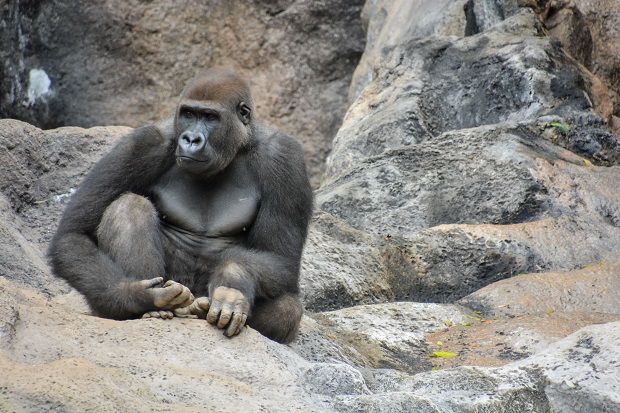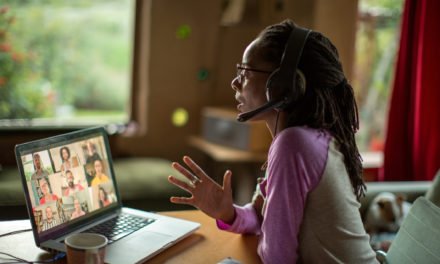
By now you’ve probably heard of the incident of the young boy who fell into the gorilla exhibit at a Cincinnati zoo. Harambe, the 17-year-old Gorilla, was killed by zoo officials who had to make a life-or-death call in the interest of saving the boy’s life. Since then, a barrage of media attention has been paid to pointing fingers at who, or what, is to blame for the incident and the death of Harambe. Some point blame at the mother’s presumed negligence, others at the zoo, and others at the systematic ways gorillas are treated globally. NY Daily News contributor, Shaun King, makes a compelling case that this incident has deep racial undertones in the way this child’s parents (both black), have been unfairly targeted as negligent—in addition, King cites the many outlets who have brought up the irrelevance of the criminal past of the boy’s father (who wasn’t even at the zoo).
I don’t have much new to offer in terms of opinion on who’s to blame, and I agree that this was tragic for everyone involved—traumatic for the family, and fatal for the gorilla. But I think that what each of these sides miss is how this incident highlights the importance of thinking about inclusion holistically to include our animal neighbors.
Admittedly, I’m not much of an animal rights activist. I love animals and have had pets of various kinds for most of my life. But I also grew up in cultures that largely conceived of animals in terms of their use value—either as pets, food, or prey for sport. Like the young boy, I grew up visiting zoos and being fascinated seeing animals in person that I would only normally see in cartoons. As an adult, I had the honor of taking a safari in South Africa and seeing animals in their natural habitat, which inevitably changed my experience of seeing animals behind cages or in artificial exhibits. Again, animal rights issues are something I’m still largely thinking through. I think zoos, as symbolic and educational spaces, have their place and can do good—especially when they raise money and awareness to protect endangered species. But more than anything, I think this incident is illustrative of the ways that people and the planet are intimately connected.
The Triple Bottom Line (TBL), of people, profits and planet, is an accounting standard for measuring sustainability efforts across a wide range of factors—not simply economic. For those concerned with measuring sustainability efforts quantitatively, this is incredibly complex and challenging in financial terms. But it is also challenging to see how people and the planet are connected relationally—especially when many people see humans as inherently superior to the rest of the beings on the planet. But no matter where you stand in your belief in the animal-human hierarchy, we need to take seriously the interconnected nature of our relationship to the planet and all of the beings that call earth their home.
In the case of Harambe, he was raised in artificial habitats his entire life in a world that views animals as exhibits at best, and spectacles at worst. Like the young boy, both were caught in unfortunate situations surrounded by unfortunate circumstances. I’m thankful the young boy is alive and well, and think the right call was made. And I also hope that this incident sparks conversation much broader than who was to blame at this moment (zookeepers or parents).
Instead, I hope we stretch our imaginations to see all of the ways that people and the planet are connected, entwined, and mutually supportive. When animals are mistreated, whether its in zoos or abused in homes, their pain inevitably comes back to haunt human life. Likewise, when animals are treated with love, respect, and dignity, humans are rewarded with their compassion and a more beautiful picture of the planet in its most natural state. Like our organizations, when all members of a community—people or animal—are included and nurtured, it makes the world a better place for us all.


















